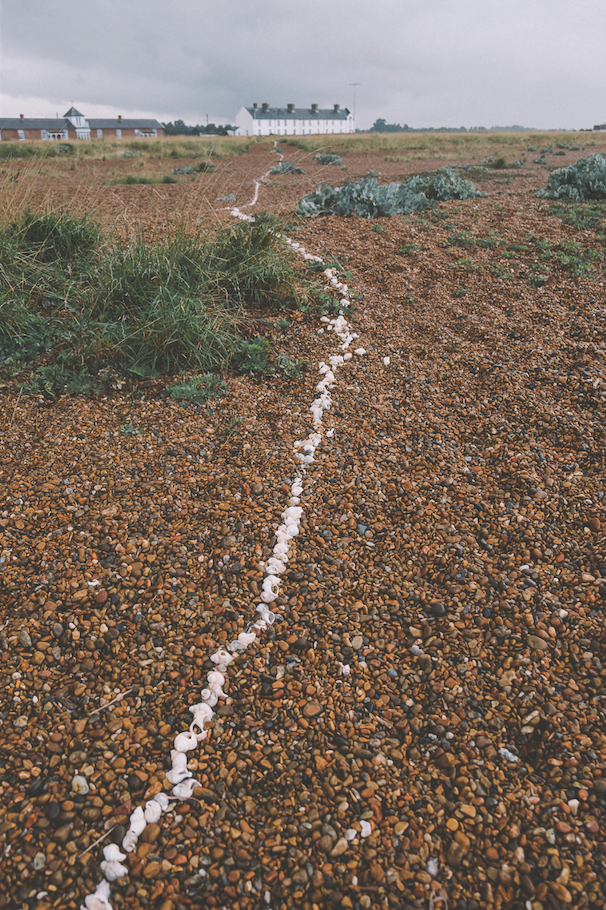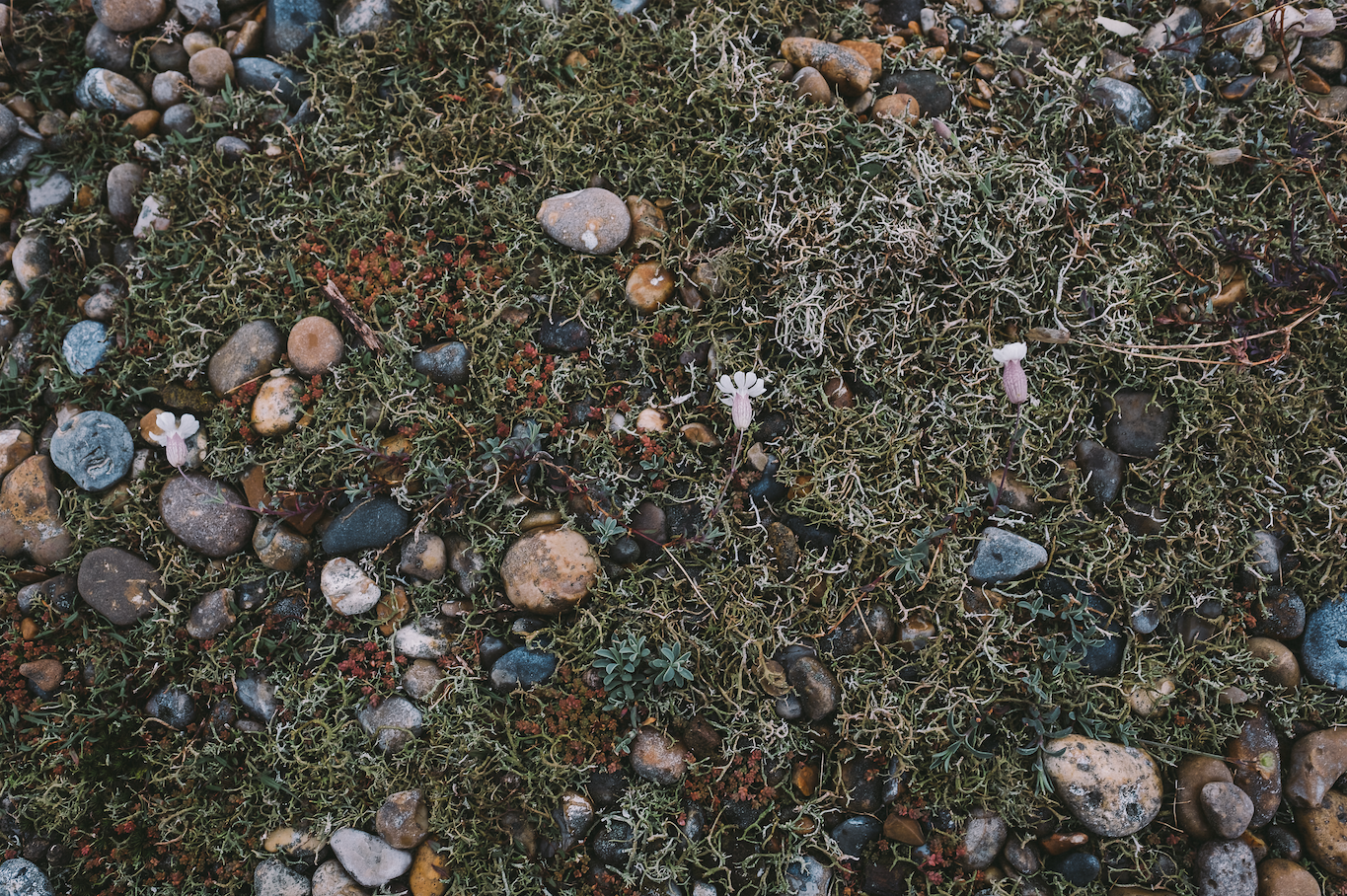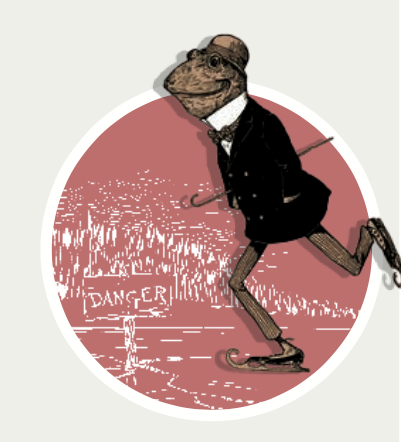In issue 7 of Ernest Journal, writer and humanitarian Carol Devine shared the story of her mission to compile a list of female place names in Antarctica – some old, some new, some lost to a rapidly changing climate – and chart them on a new map of the frozen continent. To accompany her words, we commissioned map-maker and illustrator Aidan Meighan to create Carol's vision. It's fair to say we were stunned by the result...
'Mapping Antarctic Women', illustrated by Aidan Meighan, © Carol Devine.
Aidan, when we first approached you to illustrate Carol Devine's map of Antarctic women, what was your initial reaction?
I eagerly await all of my Ernest briefs and this one from Carol was particularly exciting! I loved having the opportunity to involve myself in all her incredible research. Maps are often snapshots of history; changing landscapes, politics and territories – this map not only shows history but amends it. It was a joy to map the success of these inspirational women explorers, scientists and innovators.
What are your feelings towards this remote, frozen continent at the bottom of the world?
It sounds like something out of science fiction – a continent made of 99% ice, with temperatures reaching −89.2 °C! I've always been a keen environmentalist and I think it's of paramount importance that we look after our frozen friend down south. Global warming and the world's biggest lump of ice... what could possibly go wrong? I've always been interested in the people brave enough to explore this hostile part of the world. But it wasn't until creating this map that I realised so many of them were women. We've been seeing Antarctica through male-tinted glasses for many years – so many maps of the past have neglected to mention the inspirational women explorers, scientists and innovators who journeyed there.
Tell us about your design process when it comes to illustrating a map.
With all maps I start by thinking of the most effective way to display the key content. From there I think about its message and how it should look and feel. Then I begin to harmonise the content with the design – it begins to get really satisfying, polishing it up until it becomes something special. In this case I thought it was important for Carol's research to do the talking. I wanted to draw influence from classic maps of the continent, while shifting the perspective to highlight those underrepresented in the past.
You also illustrated a few other maps and images for issue 7 – tell us a bit about them.
I LOVED illustrating for issue 7 – I could really get my teeth into it. One of my favourites was the little map of Doggerland for the East Anglia special - it's such a fascinating place and I was pleased with its aesthetic. It's really nice to get into multiple illustrations on a theme, such as East Anglia, partly because you can get into a groove from a design perspective, but also I love learning about new places. My head is full of hundreds of bizarre facts and stories, including the Orford Merman!
What's your favourite map (not one of yours!) and why?
Hmm, that is tough! There are so many to choose from and in so many styles. Maps I love range from Ptolemy's world map, to modern maps such as Grayson Perry's A Map of Days and the extremely practical and classic design of the OS maps. Right this very minute though I'd probably go for Walter Goodacre's Map of the Moon (below), a hand drawn map of the moon's surface, drawn in 25 segments, with the total diameter measuring 77" (1910).
Where would you most like to travel?
Iceland, Japan or New Zealand. The landscapes in Iceland look otherworldly – I'd love to go there and do some drawings of the mountains, lava fields and geysers.
You're currently redesigning your website - how's that going? Any other exciting developments/projects you'd like to tell us about?
Actually we are a tad behind schedule trying to get it just right, but it will launch in May sometime, which is very exciting. As well as editorial maps for the likes of Ernest, I also draw customised maps of people's homes and favourite places. The new website seeks to marry the two a little bit and basically become a map extravaganza. The page I'm most excited about introducing is 'Maps by Aidan', which will showcase the eclectic range of maps I've drawn for Ernest and other publications, such as the map of Brutalist buildings in London, bothies in Scotland and the new maps in issue 7.
Tell us a bit about your work space. What do you like to have around you? Do you listen to music or a particular station?
I've just moved house from Bristol (an incredible place to have spent the last 12 years and started my illustration career) to the green and tranquil Quantock hills in Somerset. Right now from my studio window I see a shed, a few ancient oak trees and about 20 cows that come up to our garden fence to say hello every morning. I like to be surrounded by greenery. In Bristol, without a garden, the number of houseplants in our collection got a bit out of control. My desk is usually pretty tidy, but here's an inventory of what's on it today!
A History of the World in Twelve Maps by Jerry Brotton
A hakisak
Two yoyos (a pro yo and an X brain)
A tin of earl grey tea
Three pots of Quink ink and 1 Windsor and Newton (3 black, 1 blue)
A spirit level
A hammer
A tile with a crude painting of a man riding a horse
Some big old headphones
Two terrariums and two potted succulents
Two tea-dregged 'Habitat Connor' orange mugs
...and of course my computer
I flit between podcasts (RadioLab, Ear Hustle, etc) and get my music fix on BBC 6 Music.
Photo by Poppy French, Studio Grabdown
You can see more of Aidan's work, in issue 7 of Ernest Journal, on sale now. 'Mapping Antarctic Women' is an ongoing project and Carol is keen to add to her map. Join the conversation on Twitter and Instagram using the hashtags #ernestjournal and #MappingAntarcticWomen
Follow Aidan on Instagram @whereabouts_maps, on Twitter @whereaboutsmaps and at whereaboutsmaps.com













































